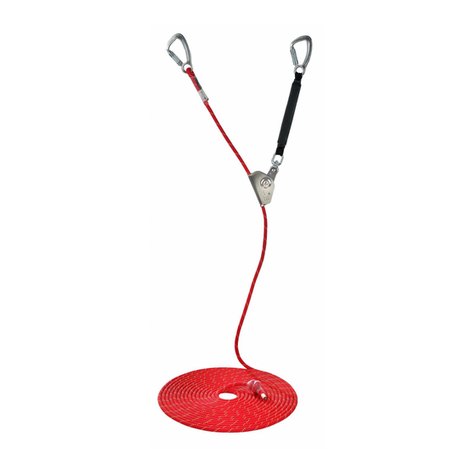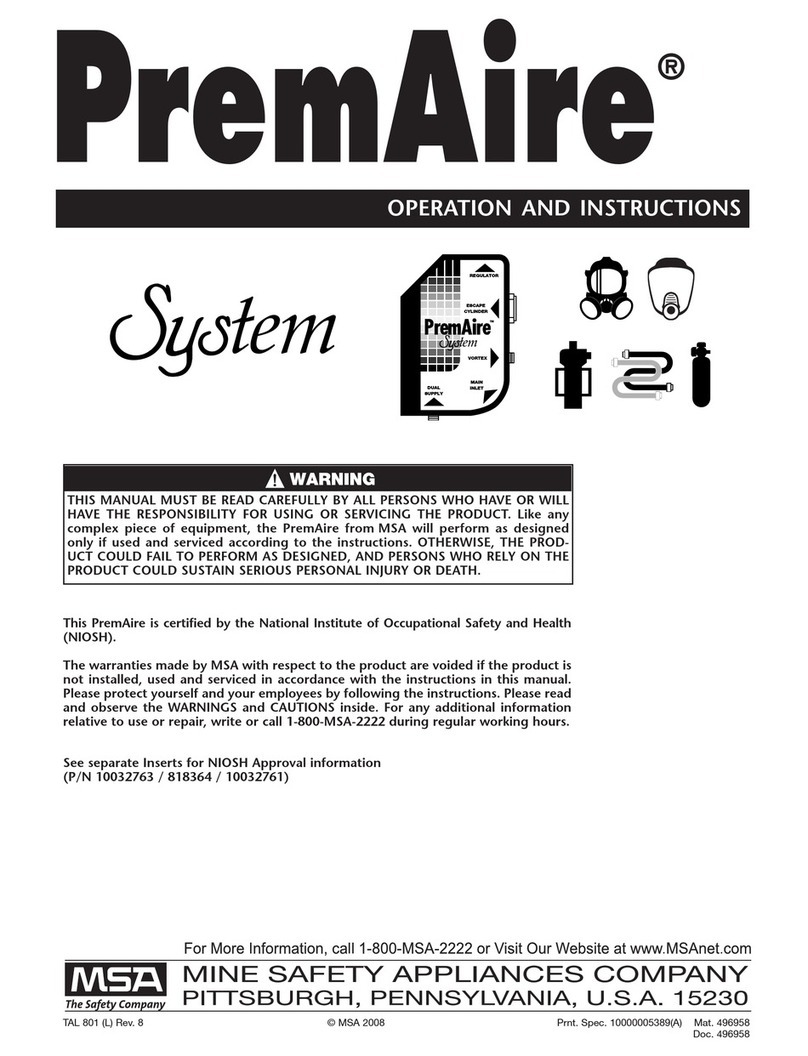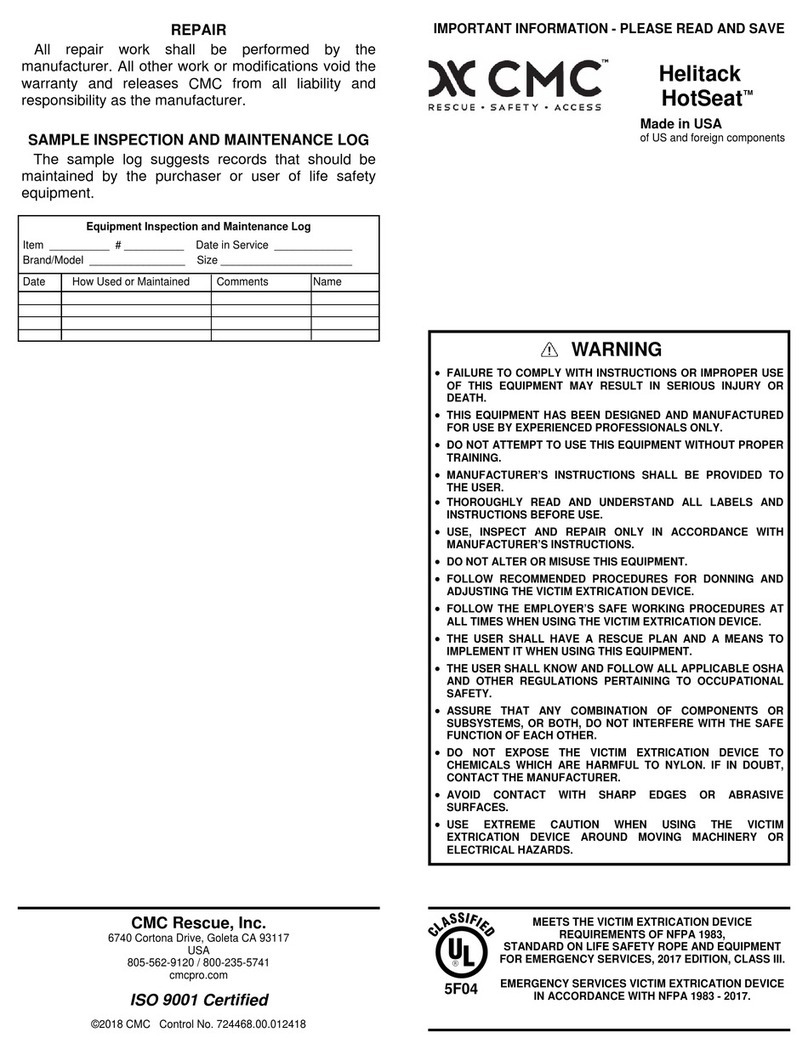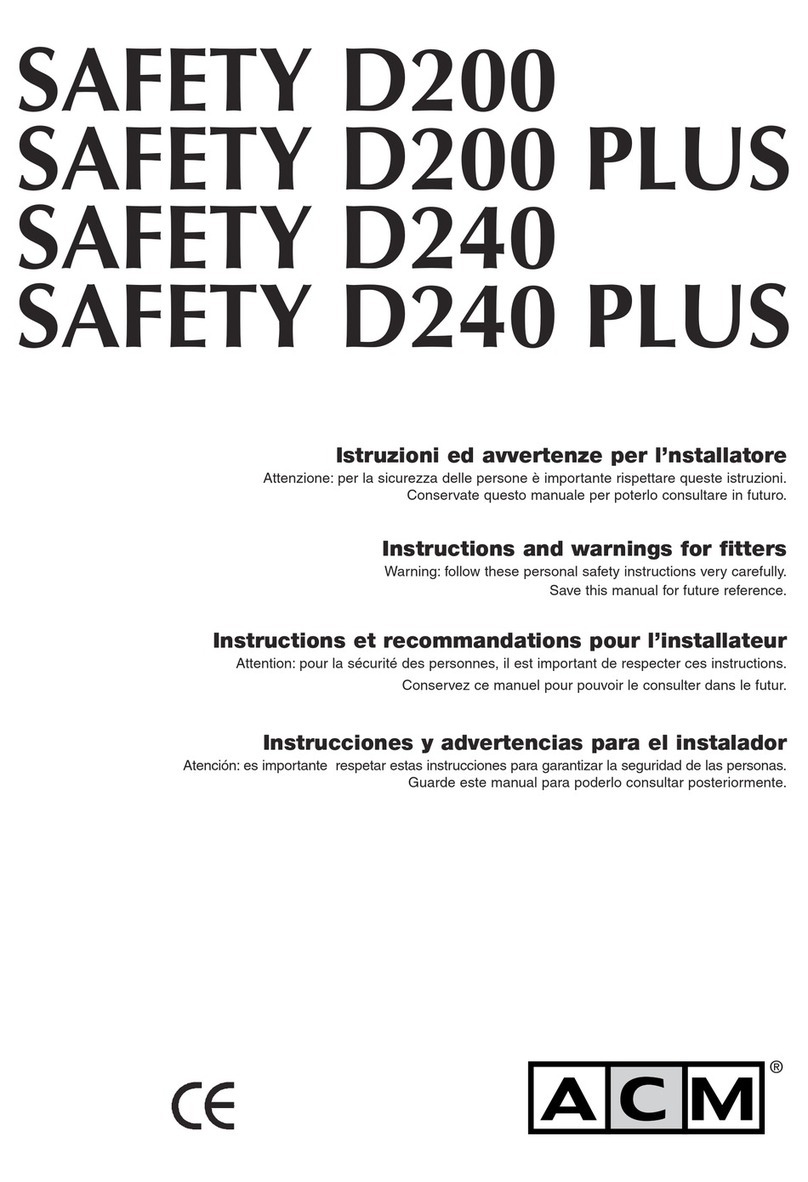Sri ProPlus 50220TK User manual

V1.1 04212015
PAGE 1
800-727-7471 • www.sapsis-rigging.com • sales@sapsis-rigging.com
3883 Ridge Avenue, Philadelphia, PA 19132 • FAX: 215-228-0888
Owner’s Manual For All ProPlus™ Harnesses
Thank you for selecting a ProPlus™ harness! Please read this manual carefully and
retain it for future reference.
ProPlus™ fall arrest and work positing equipment is designed by entertainment
professionals for entertainment professionals and proudly made in the USA.
Caution:
•This product is part of a personal fall arrest, work positioning, suspension
and/or retrieval system. Read, understand, and follow all instructions. Failure
to do so may result in serious injury or death.
•Do not use unless properly trained. Users should be familiar with and
comprehend the OSHA regulations, ANSI standards, and other relevant
regulations and standards pertaining to fall hazards; and the selection, use
and maintenance of fall protection equipment.
•It is the employer’s responsibility to ensure that all users are properly trained
in the proper use, inspection, and maintenance of Personal Protective
Equipment including fall protection equipment.
Important:
•If you have questions on the use, care or suitability of this equipment,
please call (800) 747-7271 or write safety@sapsis-rigging.com.

V1.1 04212015
PAGE 2
800-727-7471 • www.sapsis-rigging.com • sales@sapsis-rigging.com
3883 Ridge Avenue, Philadelphia, PA 19132 • FAX: 215-228-0888
Uses of Fall Protection Personal Protective Equipment
Fall protection Personal Protective Equipment (PPE) fits into four functional categories.
1. Fall Arrest: As a general rule, a fall arrest system is required if any risk exists where a worker
may fall 6 feet or more. Fall Arrest PPE is designed to arrest a fall once it has occurred. It typically
includes (but is not limited to) the following:
•Personal protective equipment: A full body harness.
•Connecting device: shock absorbing lanyard, lifeline, etc.
•Anchorage: I-beam clamp or bracket, wall plate, etc.
2. Positioning: Designed to hold a worker in place to allow for hands free work. A personal
positioning system is NOT specifically designed for fall arrest purposes. It typically includes (but is not
limited to):
•Personal protective equipment: A full body harness with appropriate tie off D-rings/
points.
•Connecting device: positioning strap, cable etc. to connect the positioning D-ring(s) to an
anchorage.
•Anchorage: Any compatible structural member capable of supporting twice the potential
impact load or 3000 lbs., whichever is greater.
Warning: A positioning system must be used in conjunction with a fall arrest system if the user is
exposed to a fall hazard.
3. Suspension: Designed to support a user being raised or lowered and allows for hands-free
work. Suspension system components are not designed to arrest a free fall; a backup fall arrest
system must be used in conjunction with the suspension system when there is a risk of fall. It typically
consists of the following:
•Suspension device: A suspended scaffold, bosun chair, saddle or harness designed for lifting
or lowering a worker.
•Personal protective equipment: A full body harness.
•Connecting device (for suspension): A work line specifically designed for use with the
suspension system.
•Anchorage (for suspension): I-beam clamp, bracket or other compatible object capable of
supporting the intended loads.
Warning: A suspension system must be used in conjunction with a fall arrest system if the user is
exposed to a fall hazard.
4. Retrieval: Designed to raise and/or lower a worker into and out of confined spaces as well as
emergency rescue. It typically consists of the following, but may vary:
•Retrieval device: A block and tackle, winch, or other mechanical device designed for raising or
lowering a worker.
•Personal protective equipment: A full body harness.
•Anchorage: A beam clamp, bracket or other object capable of supporting the intended loads.

V1.1 04212015
PAGE 3
800-727-7471 • www.sapsis-rigging.com • sales@sapsis-rigging.com
3883 Ridge Avenue, Philadelphia, PA 19132 • FAX: 215-228-0888
Selection of Fall Arrest Protection Personal Protective Equipment
•Selection of PPE depends on the work to be done, the location of the work and the means of
access. Determine which of the four uses is needed and select equipment suitable for that use.
•The forces experienced in a fall can cause significant injury. It is important that the harness
selected fits the worker’s body properly.
•Consider the harness, available anchorage(s) and work to be performed when selecting
connecting devices. Connecting devices consist of lanyards, self-retracting life lines (SRL),
vertical lifelines, horizontal lifelines and cable grabs. The same harness may be used with
different connecting device or anchorage.
•OSHA regulation 1926.501(b) requires the worker be protected 100% of the time. Select
equipment that enables workers to transition from one anchor point to another while protected.
General Requirements for Fall Arrest Equipment
•Users shall be provided with all instructions and warnings. These warnings and instructions
must be read and understood prior to using the equipment.
•Never use any harness for purposes other than what it was designed and intended.
•This device must only be used by trained personnel.
•Users must be physically and mentally fit, in good health, and must not have a medical history
of conditions that could be aggravated by a fall. Users should not be under the influence of
alcohol or drugs that may impair their performance. Pregnant women and minors should not
use this product.
•Users should reference ANSI Z359 standards, OSHA regulations, and any other applicable
regulatory standards pertaining to occupational safety.
•All equipment must be inspected prior to each use.
•A Competent Person should ensure system compatibility to eliminate the potential for
accidental disengagement.
•Equipment should not be altered in any way. Repairs or modifications should be performed
only by the equipment manufacturer or persons authorized by the manufacturer.
•Any products exhibiting deformities, unusual wear, deterioration, or not passing inspection
should be immediately removed from service.
•Any products subjected to fall arresting forces must be immediately removed from service.
•Fall arrest systems should be rigged to limit the free fall distance to 6’ or less and ensure that
no lower level is struck.
•Fall arrest systems, when stopping a fall, should limit the exposure of the technician to a
maximum arresting force of 900 Ibs. or less.
•A rescue plan and the means at hand to implement it when using this equipment is required.
We recommend the ProPlus™ Rescue Kit.
•Always check for obstructions below the work area to make sure the potential fall path is clear.
Remember that shock-absorbers can elongate up to 3’-6”.
•Environmental hazards should be considered when selecting fall protection equipment.
•Equipment should not be exposed to chemicals that may have a damaging effect. Consult the
manufacturer if there is any doubt.
•All synthetic materials should be protected from slag, hot sparks, open flames, or other heat
sources. Polyester suffers permanent damage at 180°F/82°C
•This product should not be used around moving machinery, electrical hazards, sharp edges,
and abrasive surfaces.
•The maximum live load is 310 Ibs., unless otherwise labeled. The maximum live load includes
the technician, clothing, tools, etc.

V1.1 04212015
PAGE 4
800-727-7471 • www.sapsis-rigging.com • sales@sapsis-rigging.com
3883 Ridge Avenue, Philadelphia, PA 19132 • FAX: 215-228-0888
Body Wear Warnings
•Fall arrest connecting devices should be attached to the dorsal (upper back) D-ring of a full
body harness.
•Sternum (upper front) D-rings may be used for fall arrest but only under specific conditions and
only when the fall distance is limited to no more than 2 ft.
•Read, understand, and follow all instructions supplied with equipment to be used with
this product.
•Ensure all buckles are properly secured and all straps are connected and adjusted to
provide a snug fit.
•Only use a full body harness for fall arrest. Never use a body belt or chest harness for
fall arrest.
Connecting Devices Warnings
•Do tie off in a manner that will limit the free fall to the shortest possible distance (6 ft max.) and
ensure that a lower level will not be struck should a fall occur. Note that shock-absorbers can
elongate up to 3´-6¨ This additional elongation must be considered when choosing a tie-off
point location
•Do not use lanyards or lifelines with non-locking snaphooks or connectors.
•Always visually check to ensure the snaphooks freely engage the D-rlng or anchorage point,
and that its keepers are completely closed and locked, and are never load bearing.
•Do not attach multiple lanyards or lifelines together or tie them back onto themselves (choke
connection) unless they are specifically designed for such a connection.
•Do not allow synthetic materials to come in contact with high temperature surfaces, welding,
heat sources, electrical hazards, lighting equipment or moving machinery.
•Do not tie knots in lanyards and lifelines or wrap them around sharp, rough edges, or
small diameter structural members.
•Never tie off to an object that is not compatible. Make sure that snaphook keepers are
never load bearing.
•Never allow a lanyard or lifeline to pass under or around the user’s arms, legs, torso or head.
Anchorage Warnings
•Anchorages should maintain a minimum tensile strength of 5000 Ibs. per worker, or be
designed, installed and used as part of system which maintains a design factor of at least 2:1
under the supervision of a qualified person.
•The anchorage point should be compatible with the connecting device (snaphook or carabiner)
and should not be capable of causing a load to be applied to the keepers. Never use an
anchorage point that will not allow the snaphook or carabiner to close.

V1.1 04212015
PAGE 5
800-727-7471 • www.sapsis-rigging.com • sales@sapsis-rigging.com
3883 Ridge Avenue, Philadelphia, PA 19132 • FAX: 215-228-0888
Donning the Harness
•Hold the harness by the dorsal (back) D-ring and shake gently. Insure no straps are twisted.
•Step in, dive in or put on like a jacket, depending on harness style.
•Connect buckles.
•Adjust straps to fit snugly.
•Check harness fit.
Buckles
•Grommet and Tongue buckles work like a belt for a pair of pants. Insert the belt end through
the buckle and pull until snug. Insert the prong through the nearest grommet and tuck the
remaining belt end through the keeper.
•A Bayonet buckle is much like a car seat belt: to fasten, slide the tang into the opening until
you hear a “click.” To loosen, push in the tabs on the side and gently pull out the tang.
•To fasten a Mating buckle, perpendicularly slide the smaller side through the larger one and
then flatten.
•After fastening a buckle, adjust the strap and tuck excess webbing into the elastic keepers.
This manual suits for next models
4
Table of contents
Popular Safety Equipment manuals by other brands
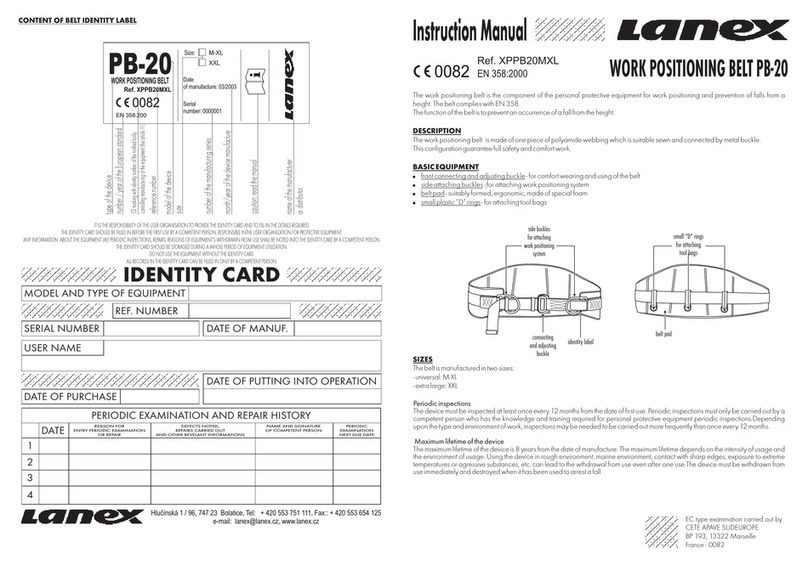
Lanex
Lanex PB-20 instruction manual
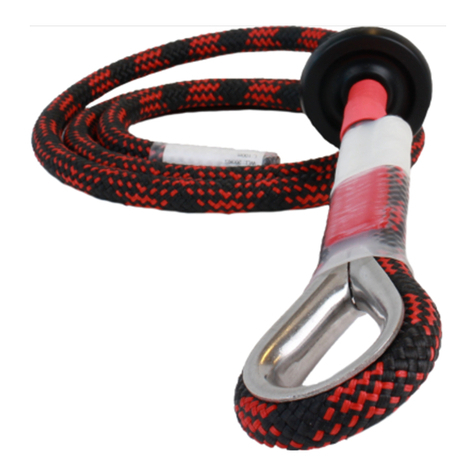
SKYLOTEC
SKYLOTEC ANCHOR ROPES Instructions for use

Besto
Besto Buoyancy Aid 50N Instructions for use

TEUFELBERGER
TEUFELBERGER NODUS Manufacturer's information and instructions for use

Troy Lee Designs
Troy Lee Designs Tbone Product owners manual
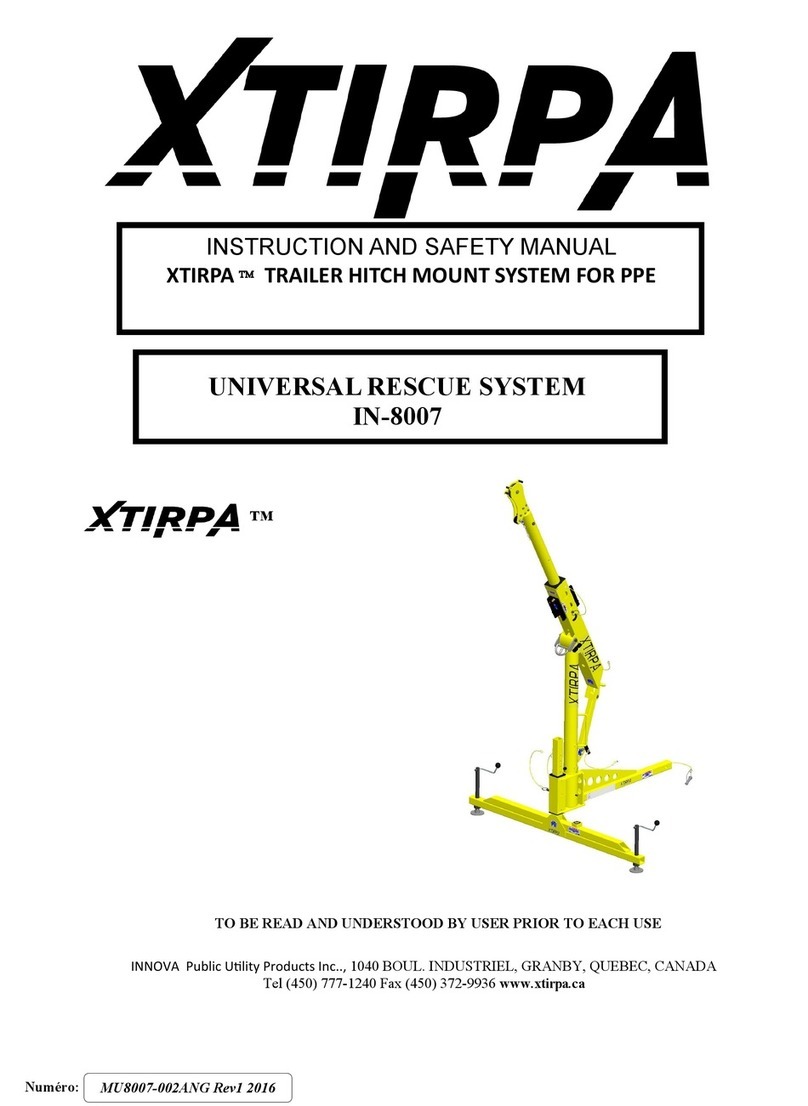
Innova
Innova Xtirpa Instruction and safety manual

bolle SAFETY
bolle SAFETY B810 quick start guide
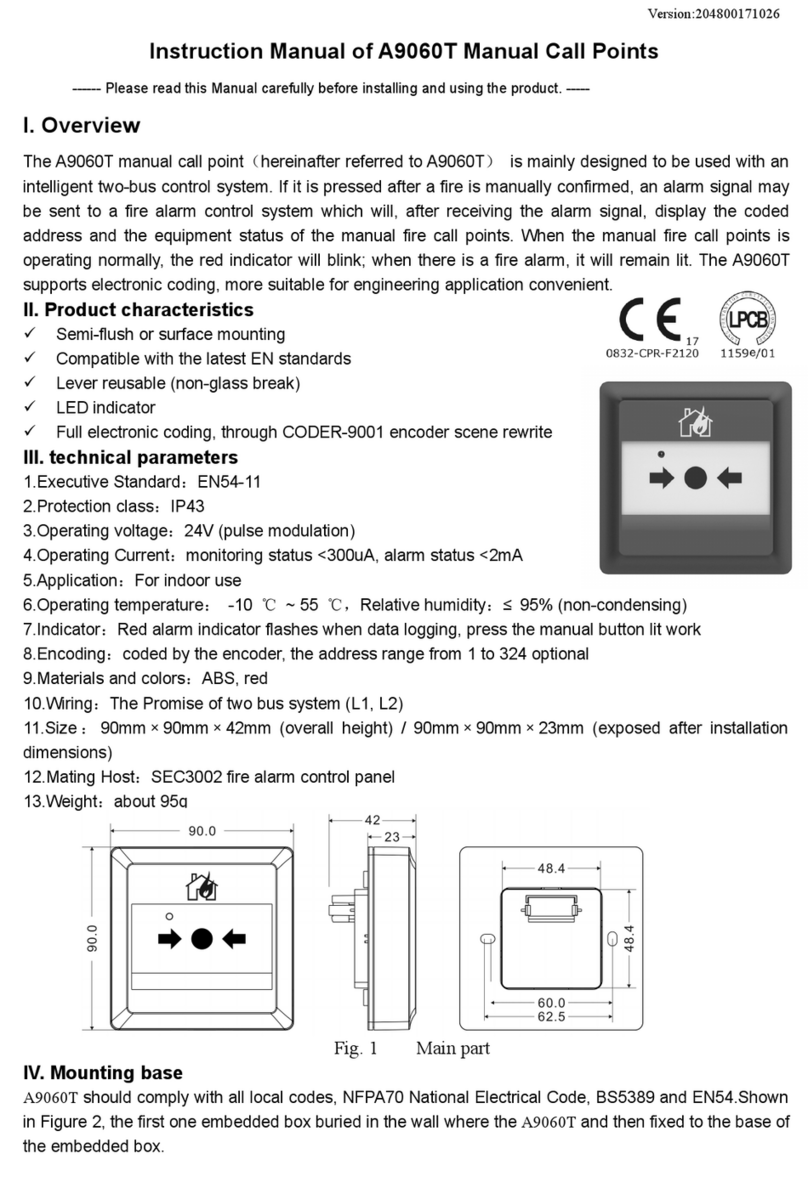
SHENZHEN FANHAI SANJIANG ELECTRONICS
SHENZHEN FANHAI SANJIANG ELECTRONICS A9060T instruction manual
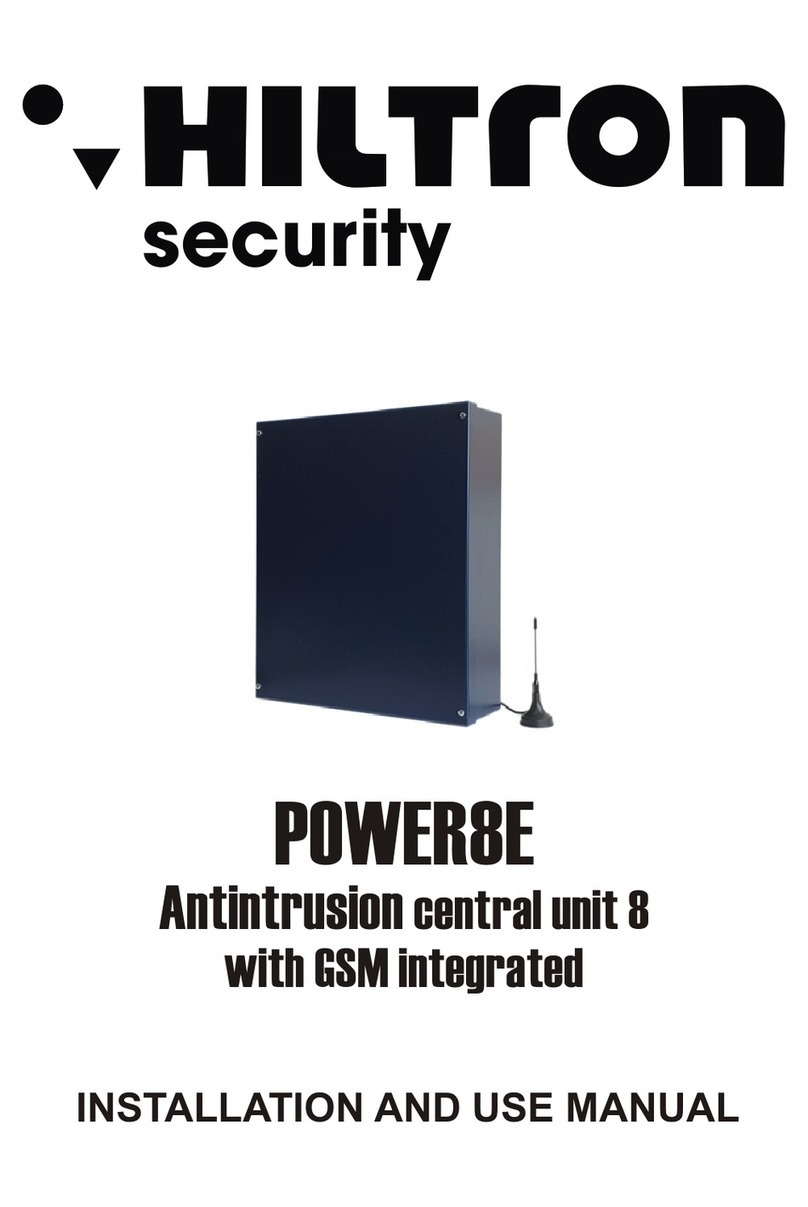
Hiltron security
Hiltron security POWER8E Installation and use manual

Salewa
Salewa MTN SPIKE user manual
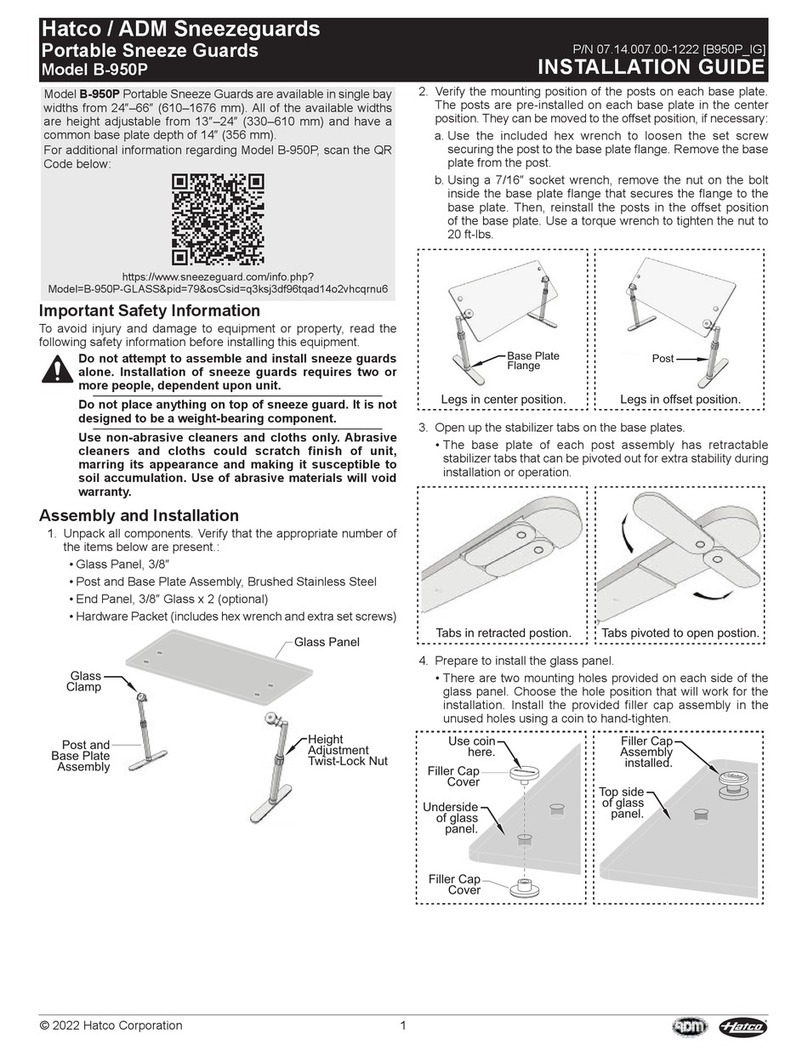
Hatco
Hatco B-950P installation guide
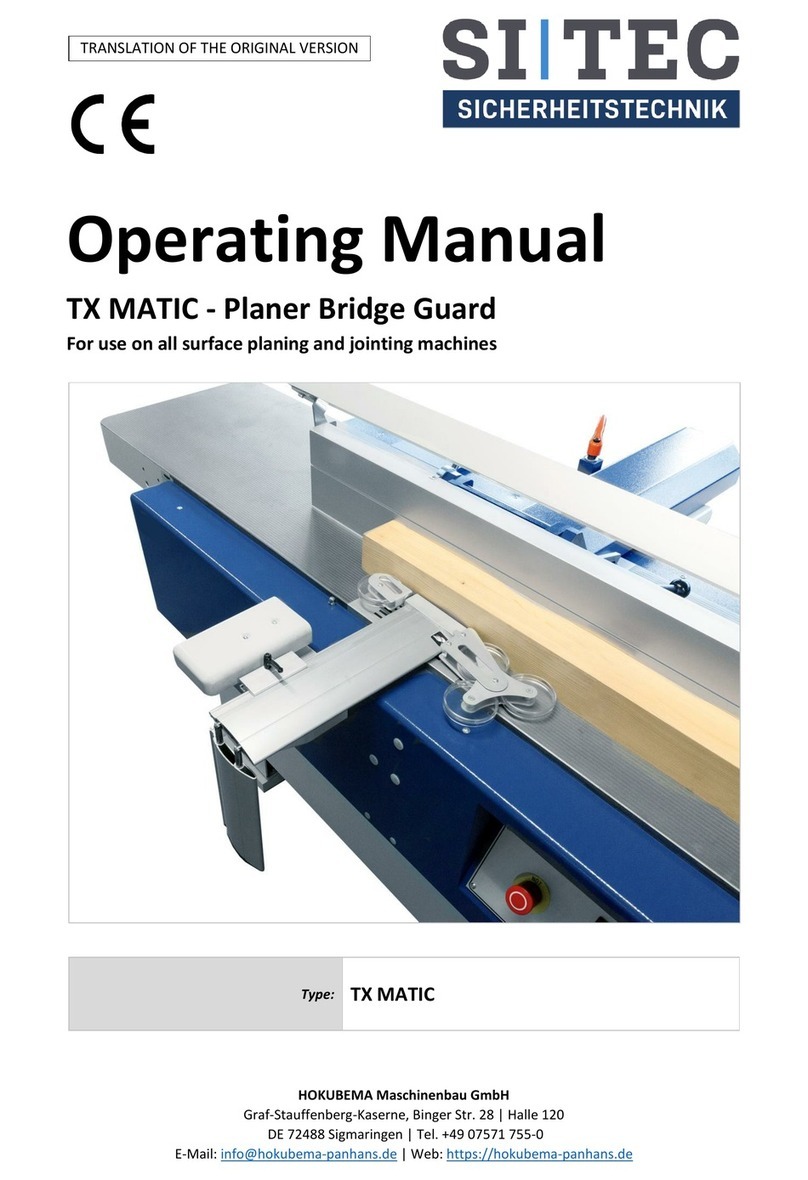
Sitec
Sitec TX MATIC operating manual
